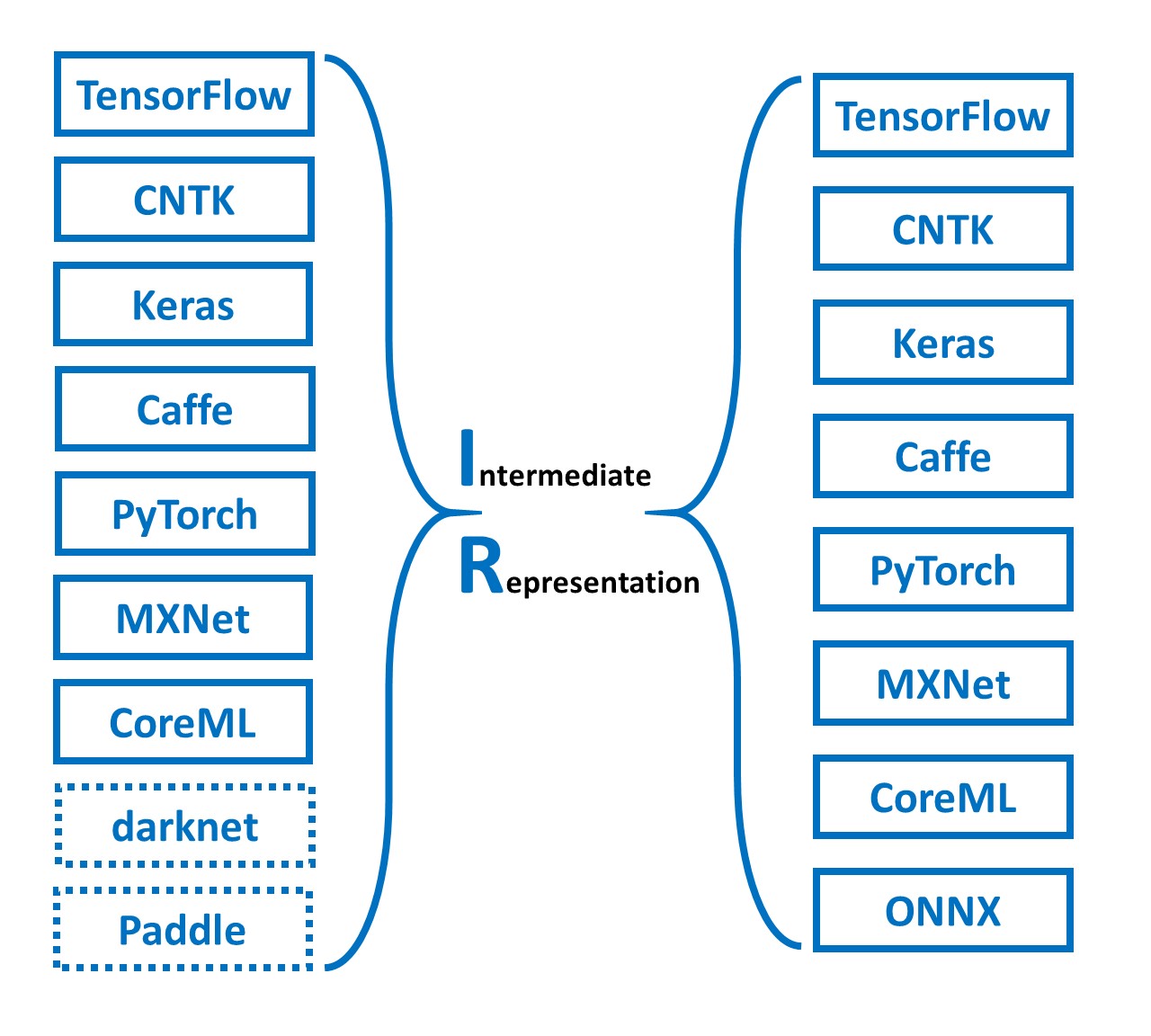COMPOTE: Calibration Of Multi-focus PlenOpTic camEra.
COMPOTE is a set of tools to pre-calibrate and calibrate (multifocus) plenoptic cameras (e.g., a Raytrix R12) based on the libpleno.
Quick Start
Pre-requisites
The COMPOTE applications have a light dependency list:
- boost version 1.54 and up, portable C++ source libraries,
- libpleno, an open-souce C++ library for plenoptic camera,
and was compiled and tested on:
- Ubuntu 18.04.4 LTS, GCC 7.5.0, with Eigen 3.3.4, Boost 1.65.1, and OpenCV 3.2.0.
Compilation & Test
If you are comfortable with Linux and CMake and have already installed the prerequisites above, the following commands should compile the applications on your system.
mkdir build && cd build
cmake ..
make -j6
To test the calibrate application you can use the example script from the build directory:
./../example/run_calibration.sh
Applications
Configuration
All applications use .js (json) configuration file. The path to this configuration files are given in the command line using boost program options interface.
Options:
| short | long | default | description |
|---|---|---|---|
| -h | --help | Print help messages | |
| -g | --gui | true |
Enable GUI (image viewers, etc.) |
| -v | --verbose | true |
Enable output with extra information |
| -l | --level | ALL (15) |
Select level of output to print (can be combined): NONE=0, ERR=1, WARN=2, INFO=4, DEBUG=8, ALL=15 |
| -i | --pimages | Path to images configuration file | |
| -c | --pcamera | Path to camera configuration file | |
| -p | --pparams | "internals.js" |
Path to camera internal parameters configuration file |
| -s | --pscene | Path to scene configuration file | |
| -f | --features | "observations.bin.gz" |
Path to observations file |
| -e | --extrinsics | "extrinsics.js" |
Path to save extrinsics parameters file |
| -o | --output | "intrinsics.js" |
Path to save intrinsics parameters file |
For instance to run calibration:
./calibrate -i images.js -c camera.js -p params.js -f observations.bin.gz -s scene.js -g true -l 7
Configuration file examples are given for the dataset R12-A in the folder examples/.
Pre-calibration
precalibrate uses whites raw images taken at different aperture to calibrate the Micro-Images Array (MIA) and computes the internal parameters used to initialize the camera and to detect the Blur Aware Plenoptic (BAP) features.
Requirements: minimal camera configuration, white images. Output: radii statistics (.csv), internal parameters, initial camera parameters.
Features Detection
detect extracts the newly introduced Blur Aware Plenoptic (BAP) features in checkerboard images.
Requirements: calibrated MIA, internal parameters, checkerboard images, and scene configuration. Output: micro-image centers and BAP features.
Camera Calibration
calibrate runs the calibration of the plenoptic camera (set I=0 to act as pinholes array, or I>0 for multifocus case). It generates the intrinsics and extrinsics parameters.
Requirements: calibrated MIA, internal parameters, features and scene configuration. If none are given all steps are re-done. Output: error statistics, calibrated camera parameters, camera poses.
Extrinsics Estimation & Calibration Evaluation
extrinsics runs the optimization of extrinsics parameters given a calibrated camera and generates the poses.
Requirements: internal parameters, features, calibrated camera and scene configuration. Output: error statistics, estimated poses.
COMPOTE also provides two applications to run stats evaluation on the optimized poses optained with a constant step linear translation along the z-axis:
linear_evaluationgives the absolute errors (mean + std) and the relative errors (mean + std) of translation of the optimized poses,linear_raytrix_evaluationtakes.xyzpointcloud obtained by Raytrix calibration software and gives the absolute errors (mean + std) and the relative errors (mean + std) of translation.
Note: those apps are legacy and have been moved and generalized in the [BLADE] app's evaluate.
Blur Proportionality Coefficient Calibration
blurcalib runs the calibration of the blur proportionality coefficient kappa linking the spread parameter of the PSF with the blur radius. It updates the internal parameters with the optimized value of kappa.
Requirements: internal parameters, features and images. Output: internal parameters.
Datasets
Datasets R12-A, R12-B and R12-C can be downloaded from here. The dataset R12-D, and the simulated unfocused plenoptic camera dataset UPC-S are also available from here.
Citing
If you use COMPOTE or libpleno in an academic context, please cite the following publication:
@inproceedings{labussiere2020blur,
title = {Blur Aware Calibration of Multi-Focus Plenoptic Camera},
author = {Labussi{\`e}re, Mathieu and Teuli{\`e}re, C{\'e}line and Bernardin, Fr{\'e}d{\'e}ric and Ait-Aider, Omar},
booktitle = {Proceedings of the IEEE/CVF Conference on Computer Vision and Pattern Recognition (CVPR)},
pages = {2545--2554},
year = {2020}
}
License
COMPOTE is licensed under the GNU General Public License v3.0. Enjoy!






